Japanese craft meets technology at Miyota Design Weekend
The inaugural Miyota Design Weekend took place in the small community around Mt. Asama in Nagano, showcasing established and emerging creatives from Japan
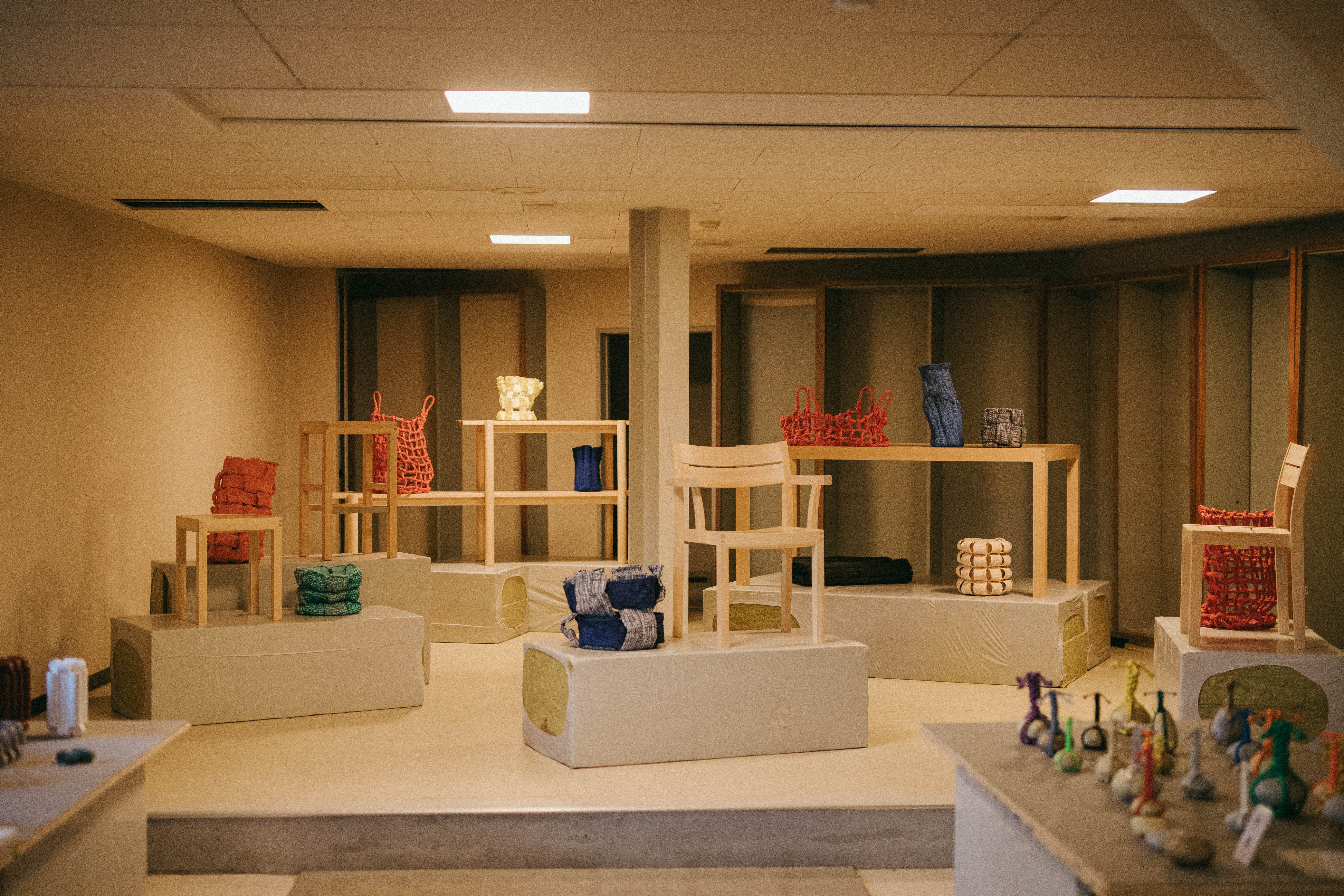
The Miyota Design Weekend’s (MDWE) inaugural launch aimed at pairing beautiful countryside with exciting new design, with a showcase set at the foot of the magnificent Mt. Asama in Nagano prefecture, Japan.
The brainchild of a group of local creatives, who have moved to the small community in search of a slower more connected lifestyle, MDWE invited designers to showcase their work at a handful of different locations around the city with the Haluta Blå, a small hotel in the process of being renovated, serving as the main exhibition hub.
Miyota Design Weekend 2023

Furniture from MAS by Karimoku, the delicate series of Hinoki furniture designed by local Miyota residence Wataru Kumano and simple DIY-ish stools and benches from Ishinomaki Laboratory together with skillfully crafted lamps by New Light Pottery represented the more established brands at Haluta Blå.
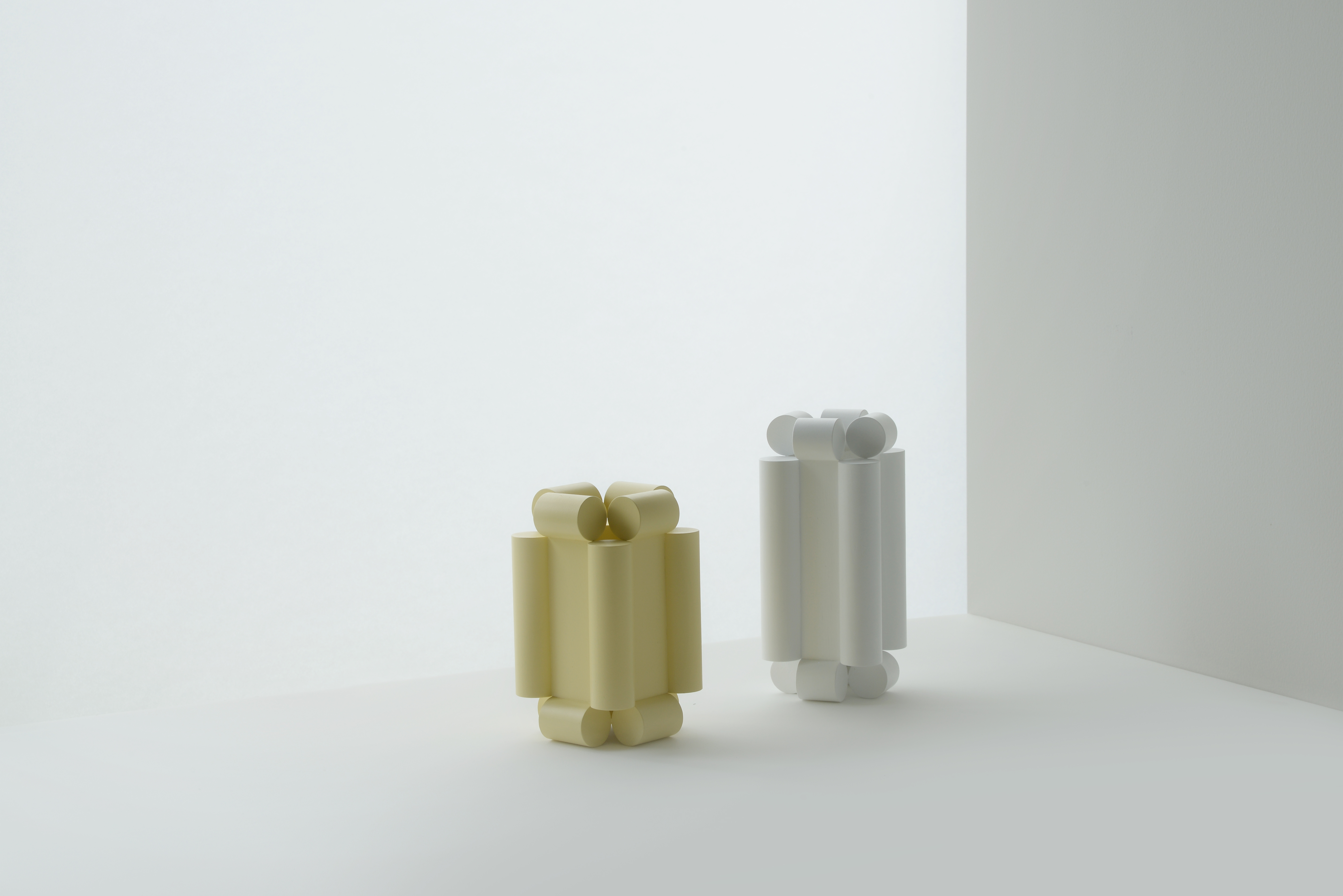
Bou Bou by Dai Ukawa

Bou Bou by Dai Ukawa
Invited to the design weekend by MDWE supporter and charismatic buyer Yu Yamada, several lesser known designers and creators delighted with works from traditionally made washi paper objects to 3D printed radios. Our three favourites? Dai Ukawa’s monotone wooden vessels, playfully named Bou Bou from the Japanese word for rod - bou - seems to defy physics as none of the 30mm pieces of rods that make up the sculptures meet at any one point. Ukawa not only designs these alluring objects, but also manufactures them.
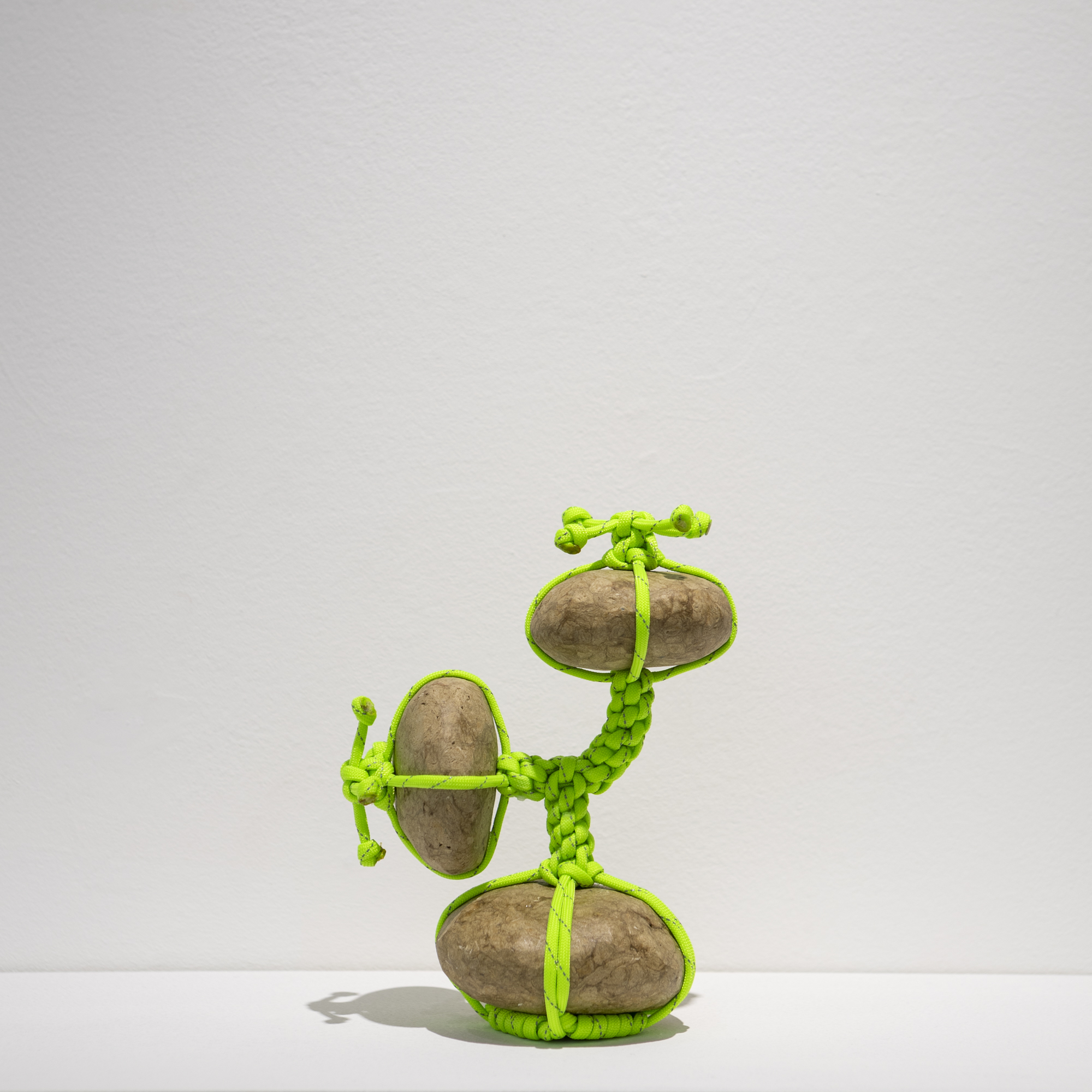
While Gen Taniguchi’s family has been making traditional Japanese washi paper for more than 300 years, as the 12th generation head of the family business, Taniguchi’s tomeishi are not afraid of mixing traditions with electrical wiring, plastic tubes or LAN cables. Tomeishi are normally made by wrapping a piece of string such that the string stands up in the air around a rock and are used in Japanese gardens as sophisticated traffic cones as the name - stopping stone - literally implies. Taniguchi uses washi paper for the “stones” and colourful wires, ropes and tubes for the string.
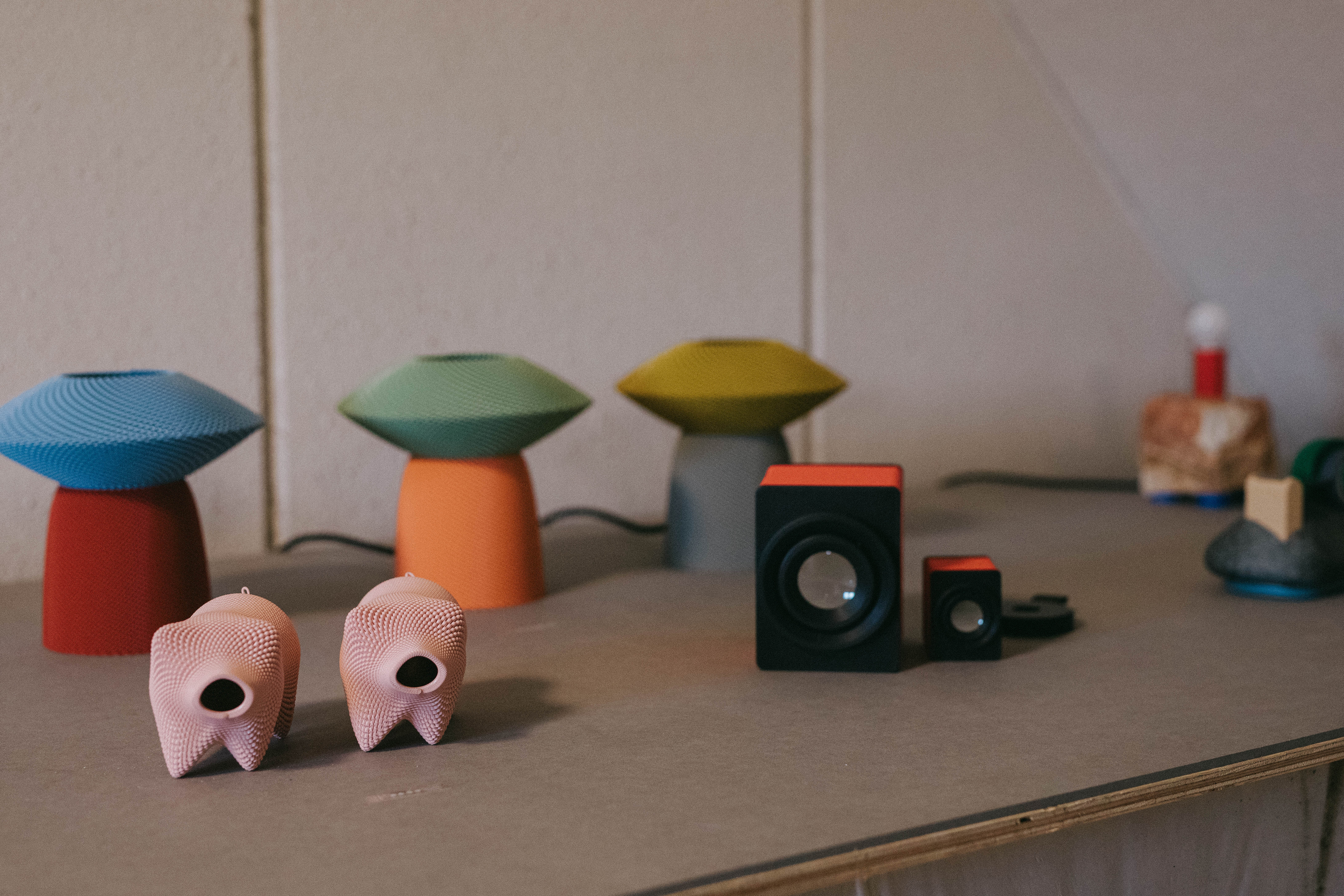
3D printed objects by Shinkogeisha
Shinkogeisha, a design collective from Kyoto, brought a 3D printer, producing some of their delightful 3D printed objects over the weekend. Rather than try and smoothen out the irregularities usually resulting from printing an object, they embrace the almost knitted quality of the print in a series of objects such as a simple pen, desk clock, portable radio and various shapes and sizes of vessels. Their sculptural tape dispensers are made by meticulously 3D scanning natural rocks, and then printing a tape holder and cutter to the exact contours of the particular stone, rendering every dispenser unique.
The combination of innovative design and countryside worked wonderfully as a weekend getaway, but the event also seemed to be a big hit among locals who perhaps are not usually exposed to this kind of creativity in their own backyards. Here's hoping the Miyota Design Weekend will be back next year for more.
Receive our daily digest of inspiration, escapism and design stories from around the world direct to your inbox.
Originally from Denmark, Jens H. Jensen has been calling Japan his home for almost two decades. Since 2014 he has worked with Wallpaper* as the Japan Editor. His main interests are architecture, crafts and design. Besides writing and editing, he consults numerous business in Japan and beyond and designs and build retail, residential and moving (read: vans) interiors.
-
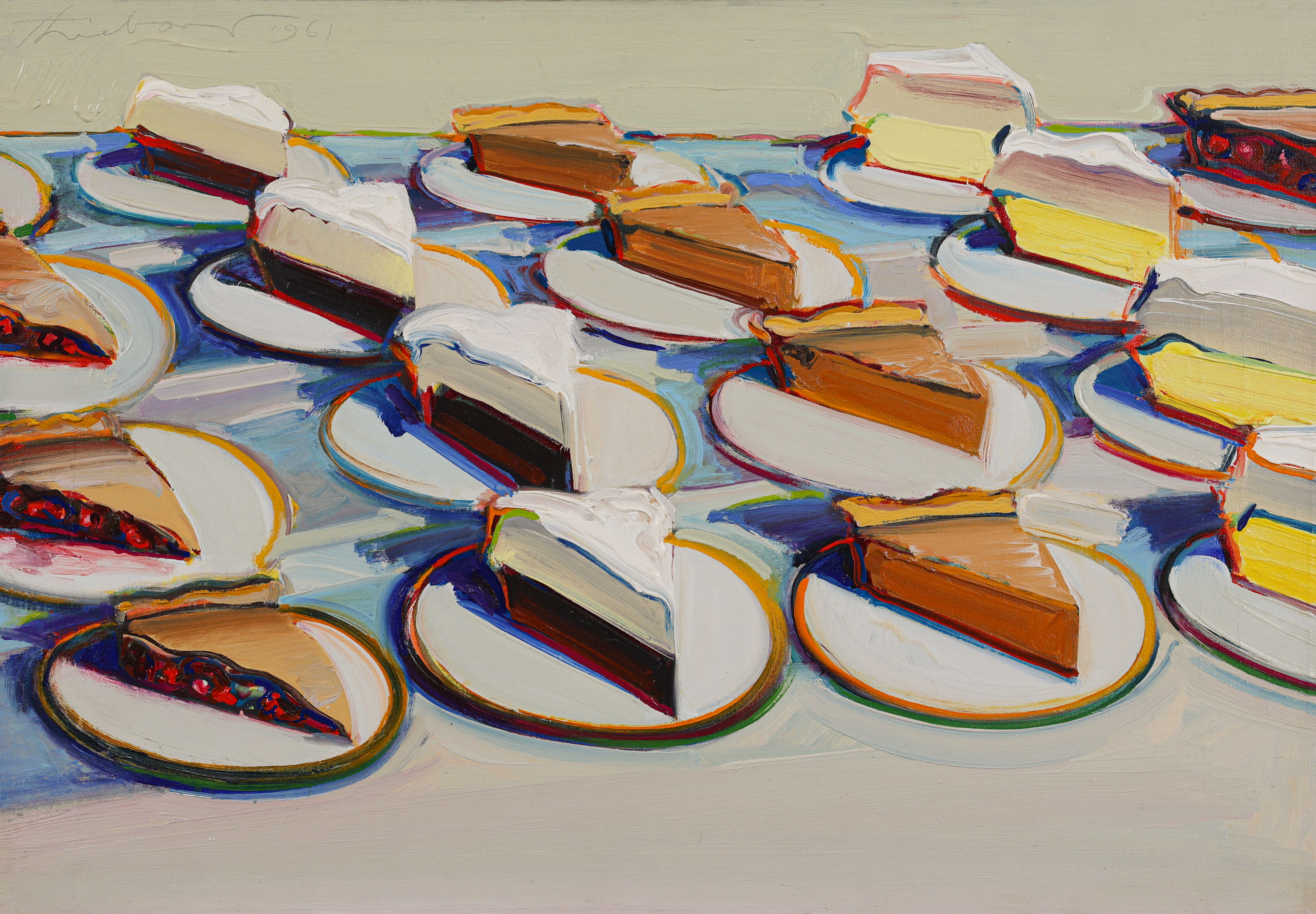 Why are Wayne Thiebaud’s paintings at the Courtauld quite so tempting?
Why are Wayne Thiebaud’s paintings at the Courtauld quite so tempting?The American artist’s thickly painted slices of cake at the Courtauld are some of our favourite artworks seen this year. What makes them so special?
-
 Taiwan’s new ‘museumbrary’ is a paradigm-shifting, cube-shaped cultural hub
Taiwan’s new ‘museumbrary’ is a paradigm-shifting, cube-shaped cultural hubPart museum, part library, the SANAA-designed Taichung Green Museumbrary contains a world of sweeping curves and flowing possibilities, immersed in a natural setting
-
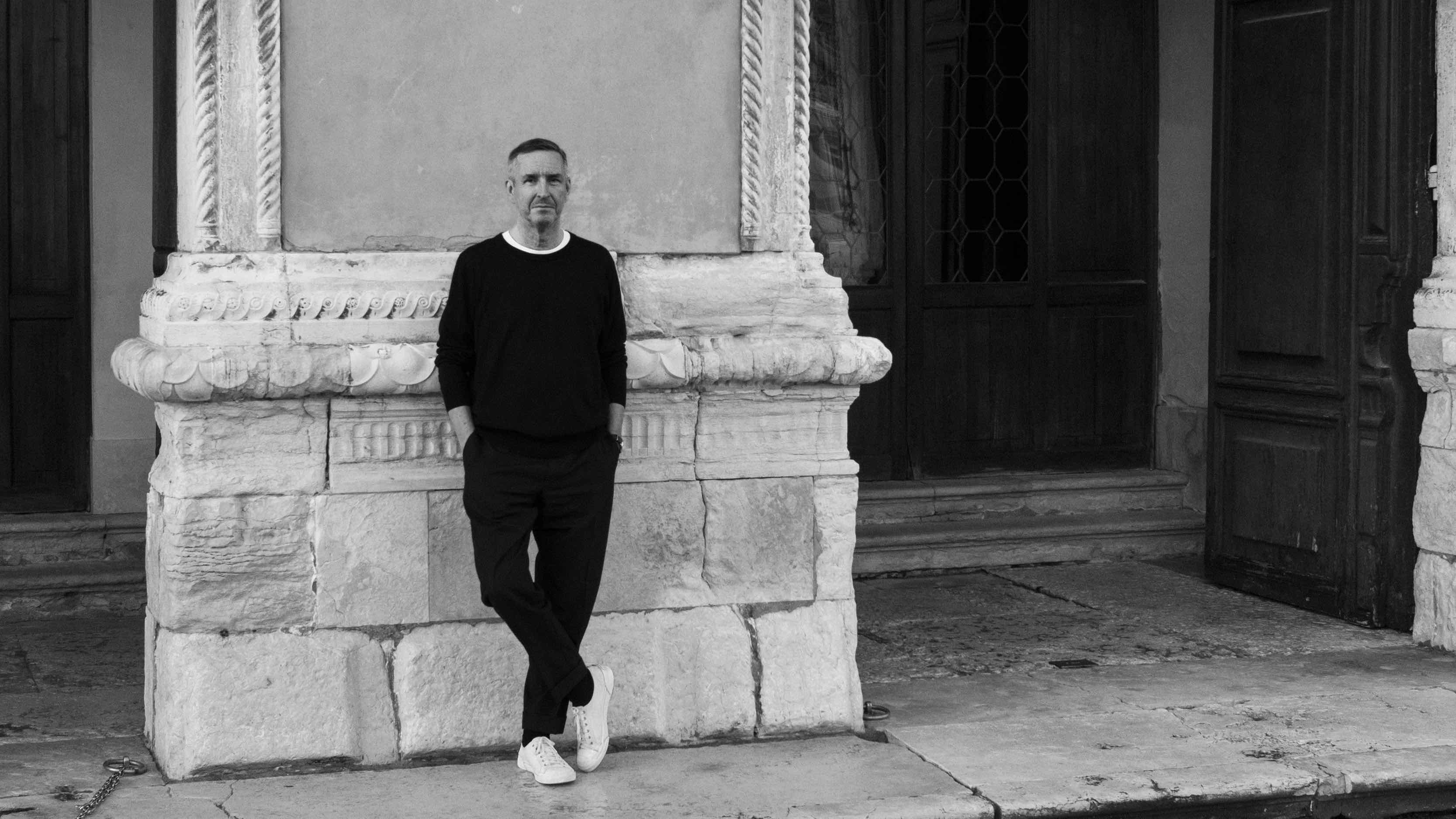 Dries van Noten on why he's building a new home for craft in Venice
Dries van Noten on why he's building a new home for craft in VeniceA year after departing the runway, Dries van Noten unveils his next chapter: the Fondazione Dries Van Noten, a newly announced cultural initiative in Venice celebrating craft in all its forms. Wallpaper meets the designer to find out why he’s not ready to retire.
-
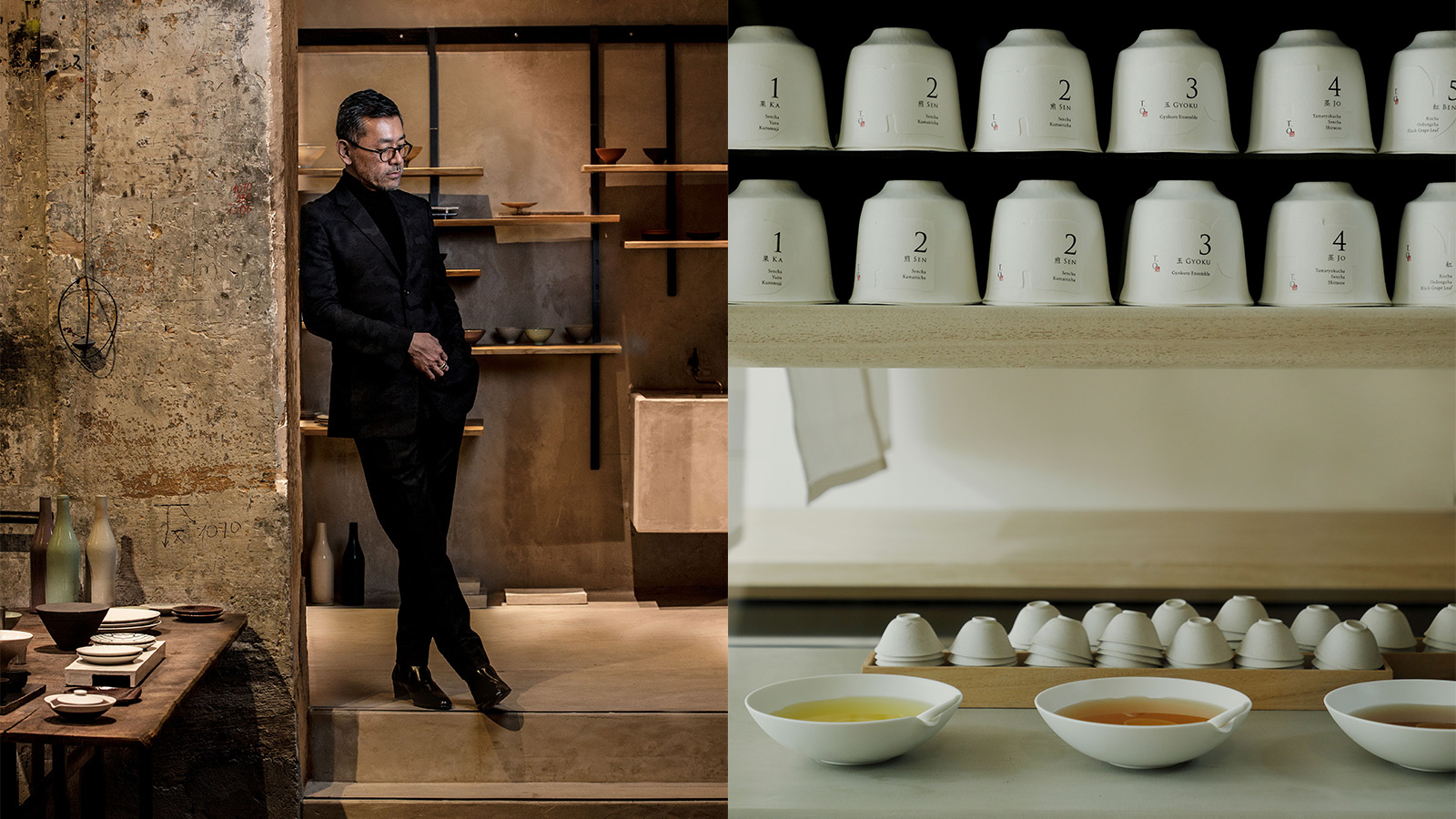 Japanese designer Shinichiro Ogata's latest venture is a modern riff on the traditions of his home country
Japanese designer Shinichiro Ogata's latest venture is a modern riff on the traditions of his home countryAs he launches Saboe, a series of new tearooms and shops across Japan, we delve into Shinichiro Ogata's creative vision, mirrored throughout the spaces and objects, rituals and moments of his projects
-
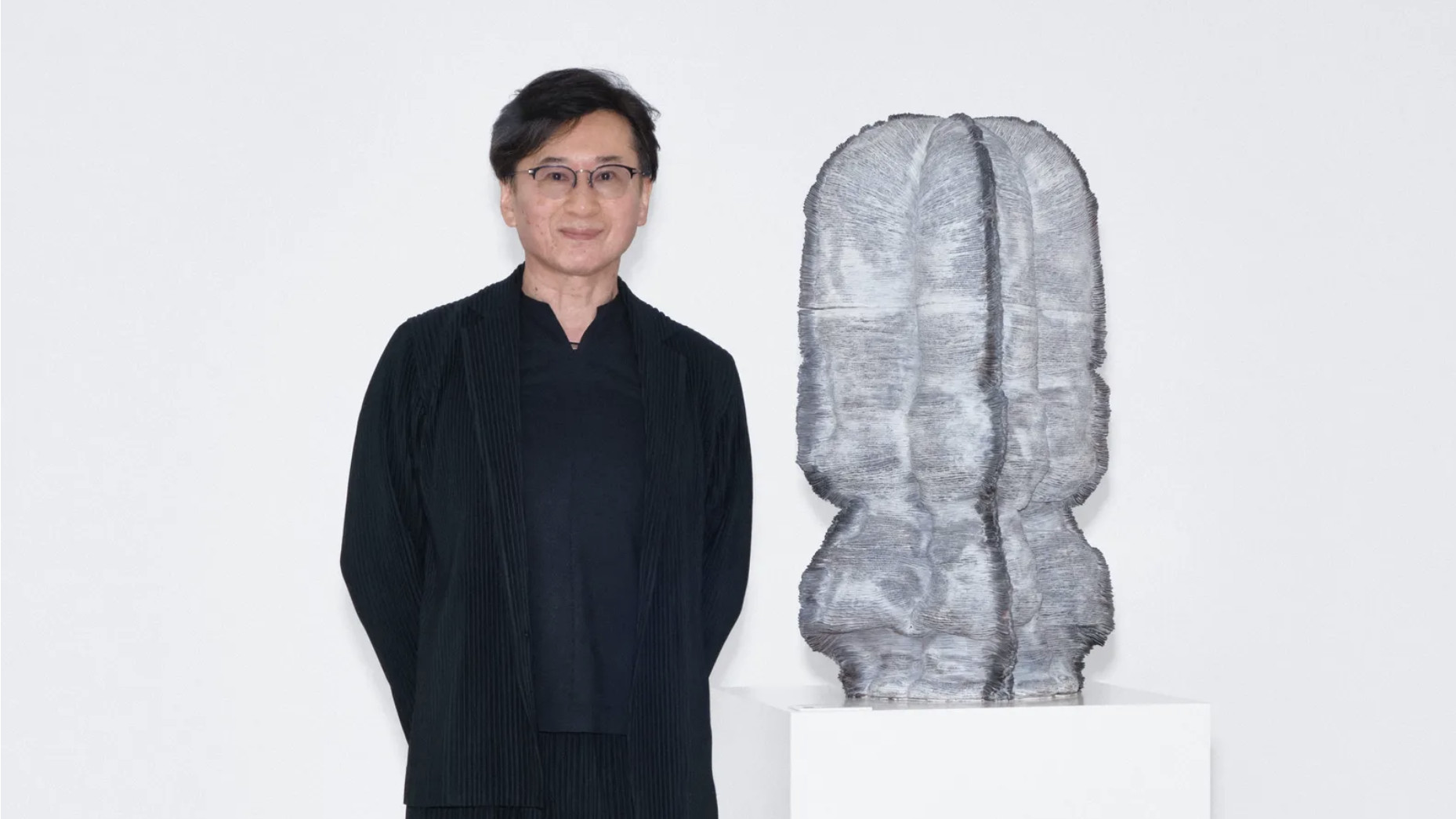 2025 Loewe Foundation Craft Prize winner announced as Kunimasa Aoki
2025 Loewe Foundation Craft Prize winner announced as Kunimasa AokiThe Japanese sculptor describes his work as ‘50 per cent tradition and 50 per cent innovation’
-
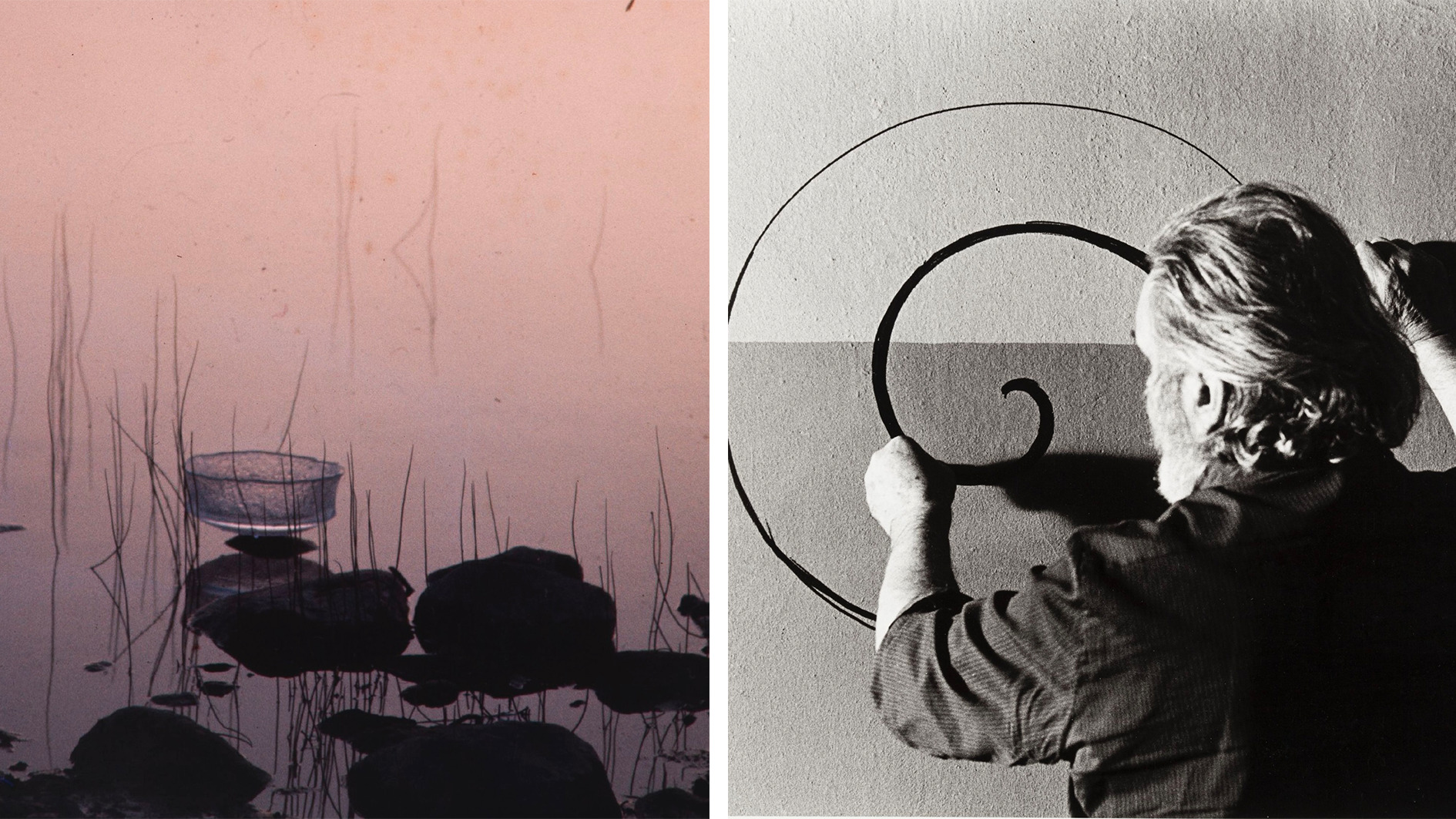 Inside the world of Tapio Wirkkala, the designer who created masterpieces in remotest Lapland
Inside the world of Tapio Wirkkala, the designer who created masterpieces in remotest LaplandThe Finnish artist set up shop in an Arctic outpost without electricity or running water; the work that he created there is now on display at a retrospective in Japan
-
 Naoto Fukasawa sparks children’s imaginations with play sculptures
Naoto Fukasawa sparks children’s imaginations with play sculpturesThe Japanese designer creates an intuitive series of bold play sculptures, designed to spark children’s desire to play without thinking
-
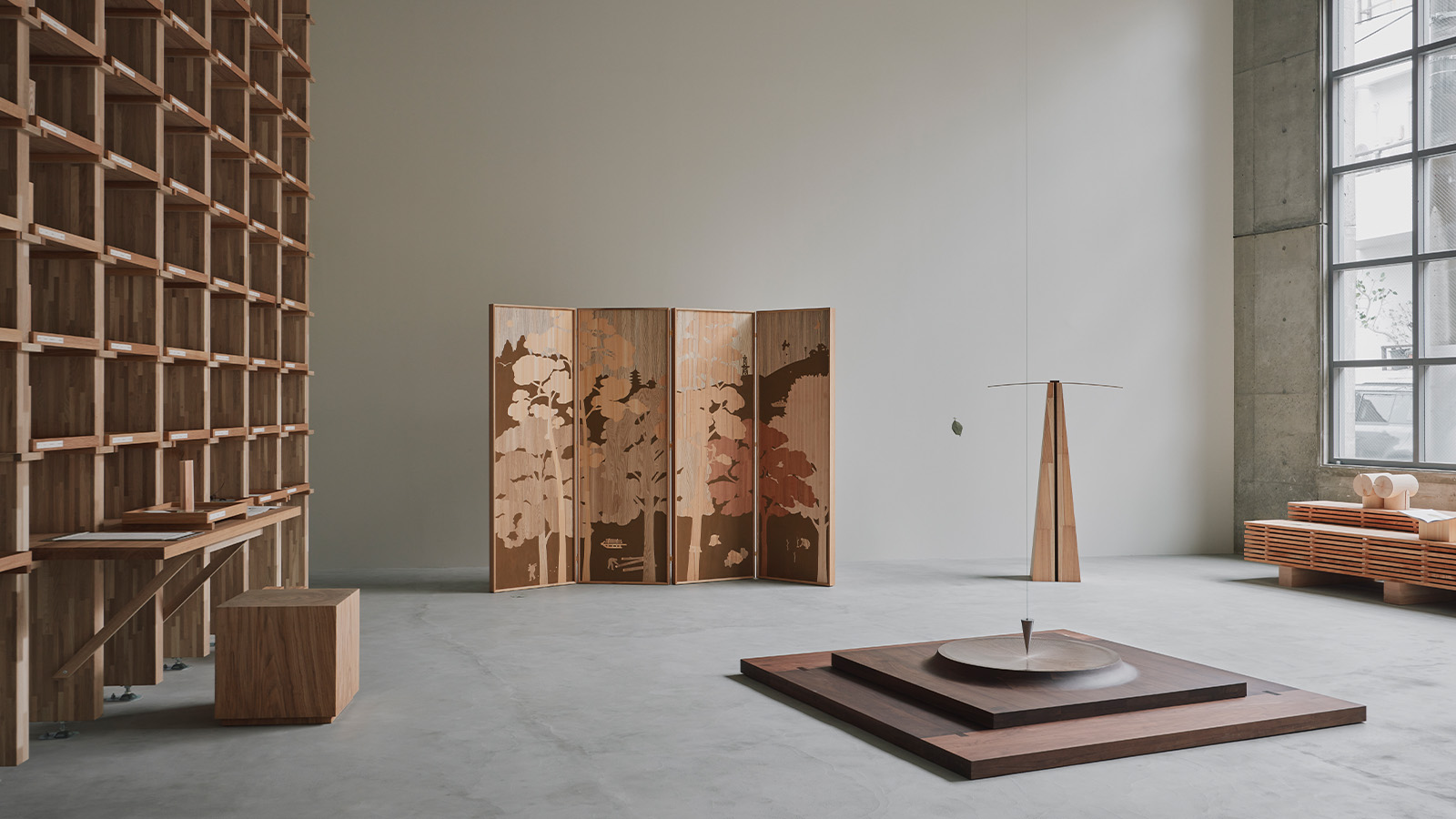 Time, beauty, history – all are written into trees in Karimoku Research Center's debut Tokyo exhibition
Time, beauty, history – all are written into trees in Karimoku Research Center's debut Tokyo exhibitionThe layered world of forests – and their evolving relationship with humans – is excavated and reimagined in 'The Age of Wood', a Tokyo exhibition at Karimoku Research Center
-
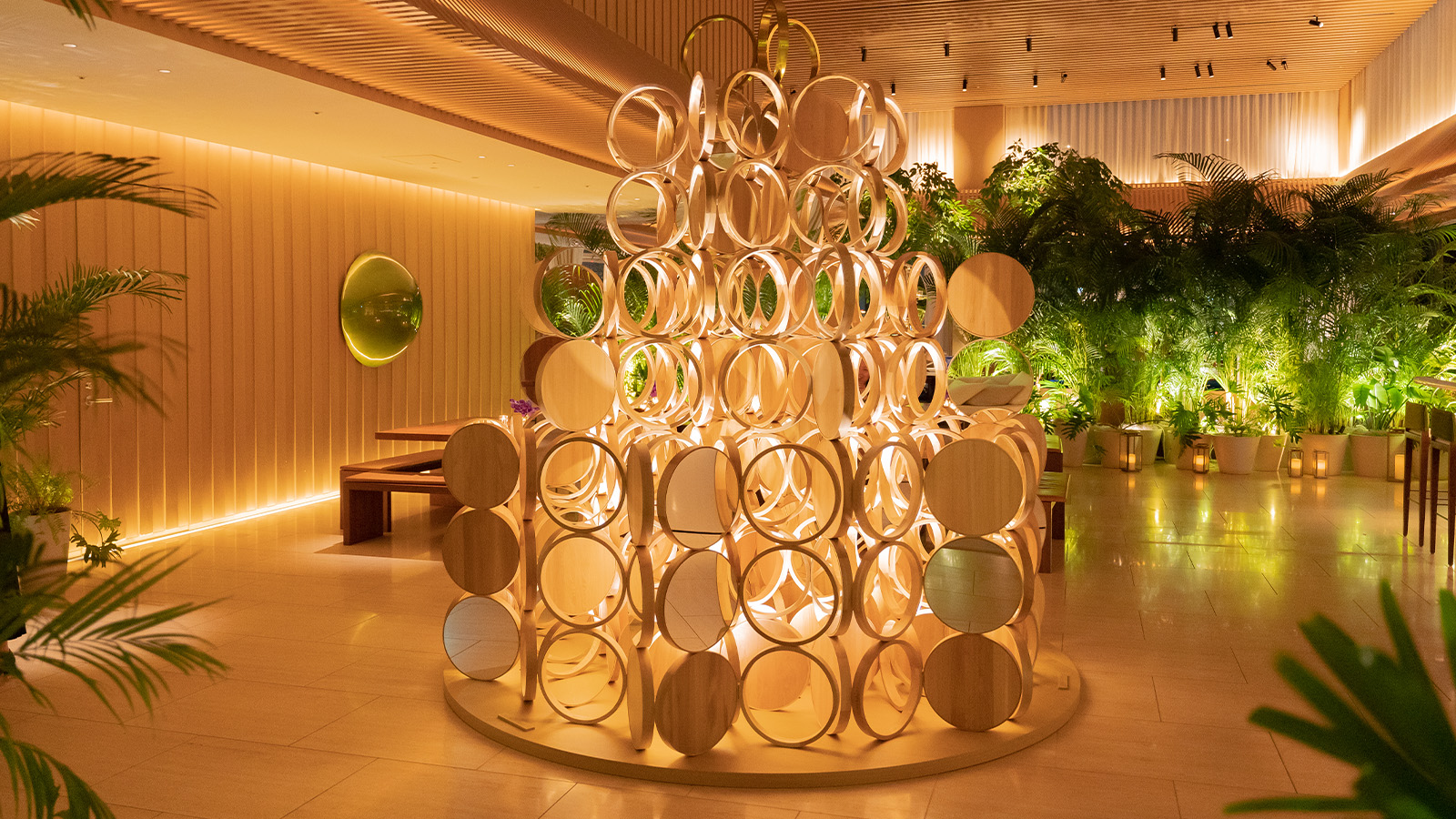 Minimal curves and skilled lines are the focal point of Kengo Kuma's Christmas trees
Minimal curves and skilled lines are the focal point of Kengo Kuma's Christmas treesKengo Kuma unveiled his two Christmas trees, each carefully designed to harmonise with their settings in two hotels he also designed: The Tokyo Edition, Toranomon and The Tokyo Edition, Ginza
-
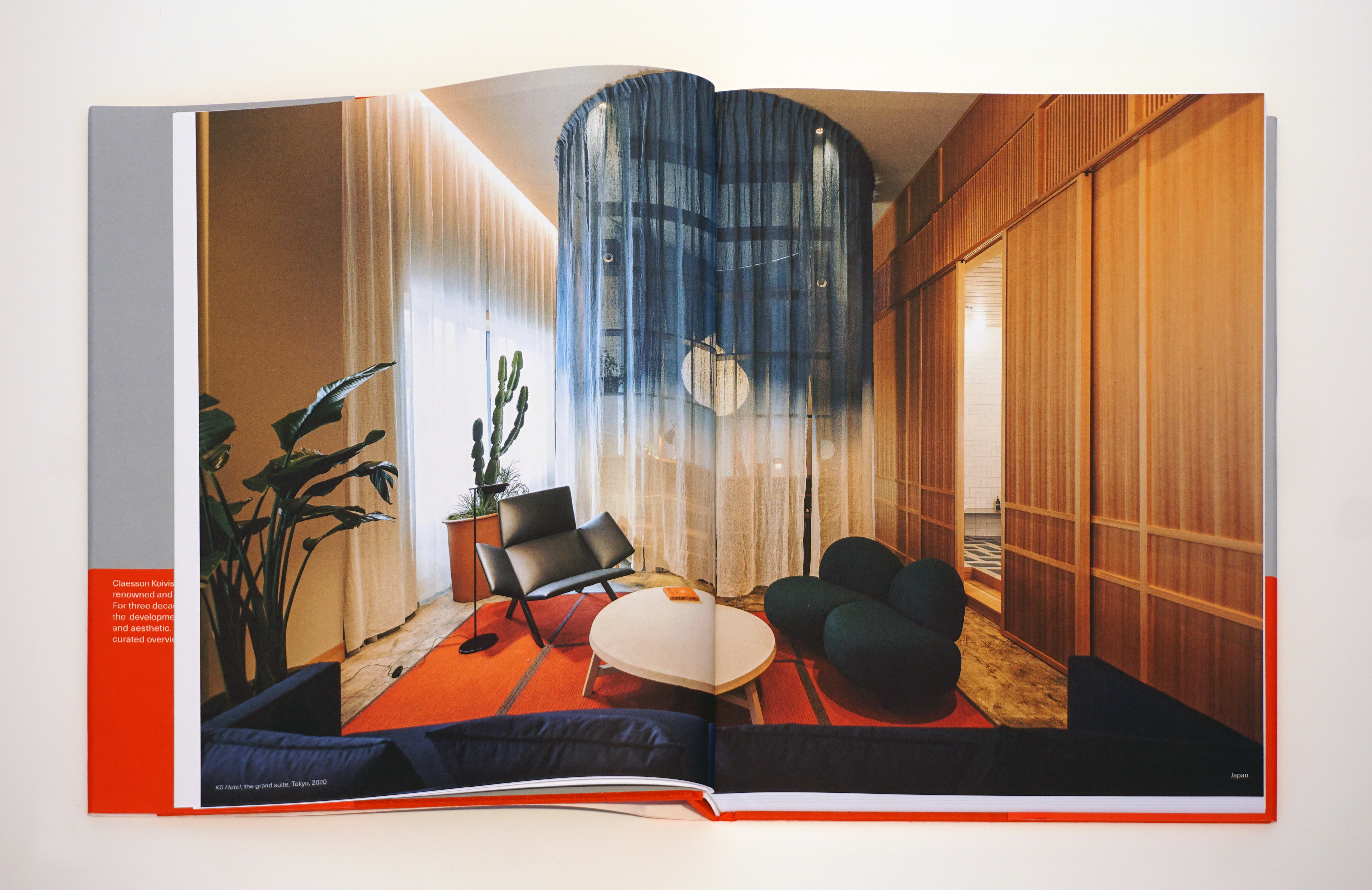 Claesson Koivisto Rune on 30 years of their often Japan-inspired designs, charted in a new book
Claesson Koivisto Rune on 30 years of their often Japan-inspired designs, charted in a new book‘Claesson Koivisto Rune: In Transit’ is a ‘round-the-world journey’ into the Swedish studio's projects. Here, the founders tell Wallpaper* about their fascination with Japan, and the concept of aimai
-
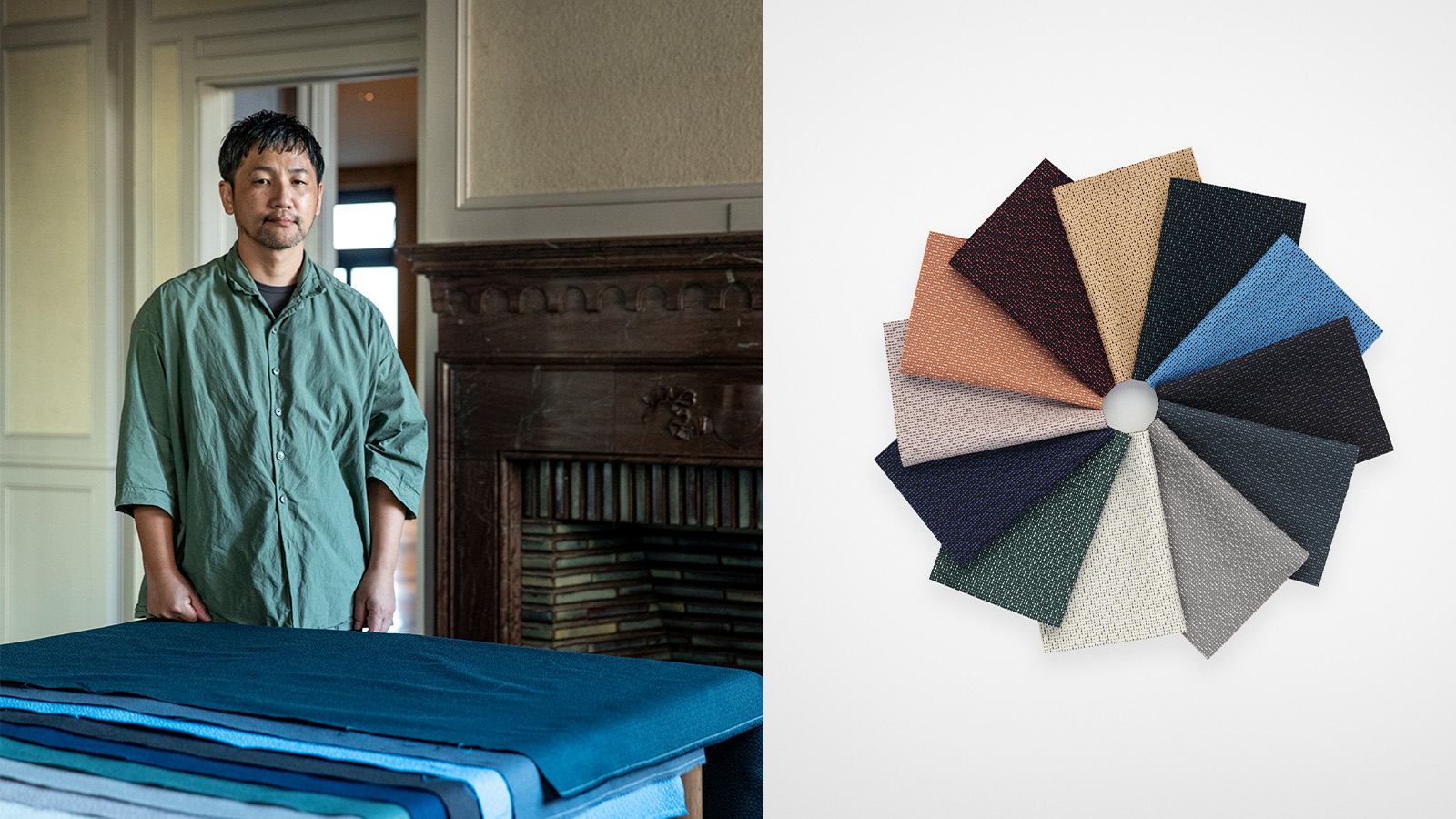 Teruhiro Yanagihara's new textile for Kvadrat boasts a rhythmic design reimagining Japanese handsewing techniques
Teruhiro Yanagihara's new textile for Kvadrat boasts a rhythmic design reimagining Japanese handsewing techniques‘Ame’ designed by Teruhiro Yanagihara for Danish brand Kvadrat is its first ‘textile-to-textile’ product, made entirely of polyester recycled from fabric waste. The Japanese designer tells us more